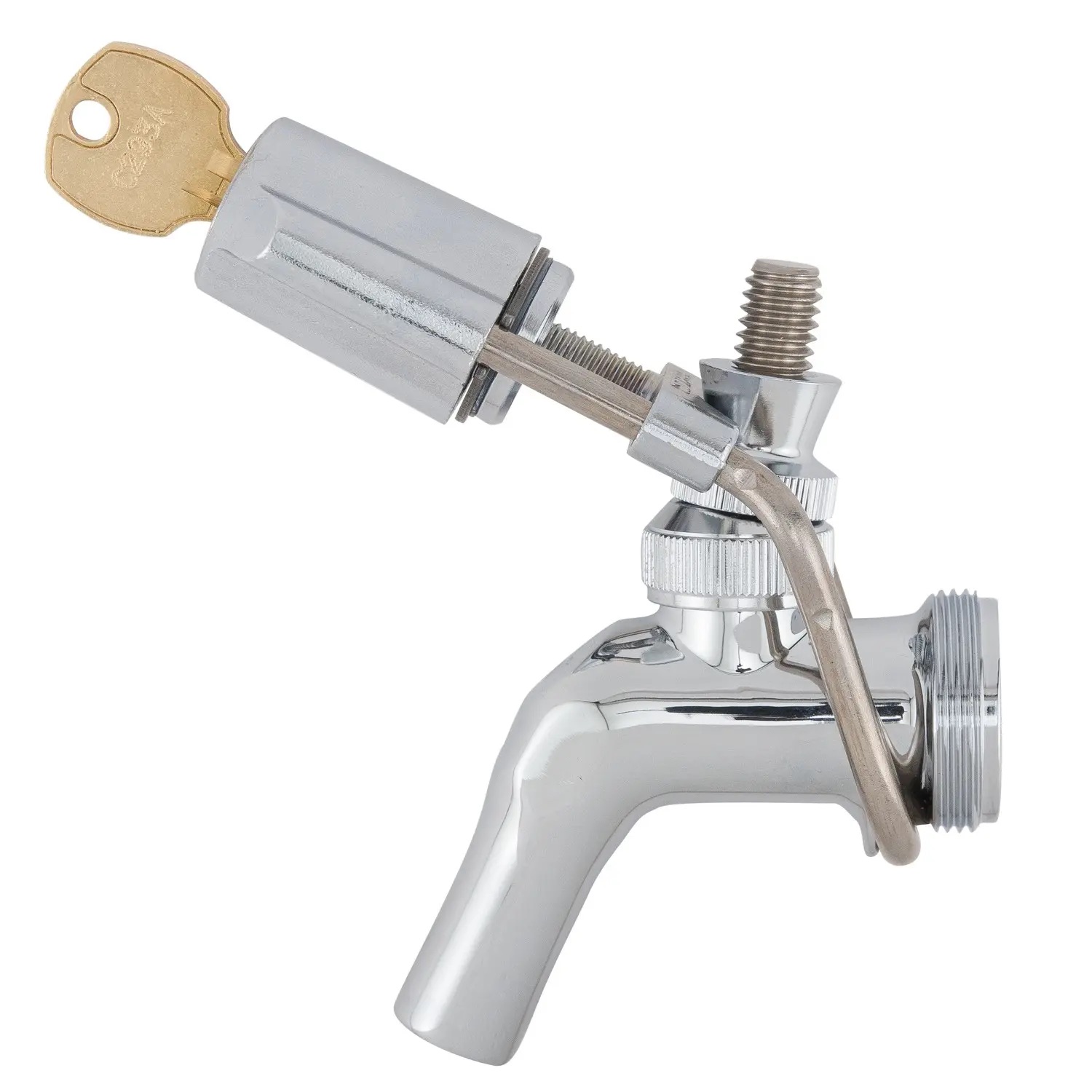

Articles
How To Put A Lock On Your Kegerator
Modified: January 6, 2024
Learn how to secure your kegerator with a lock in this comprehensive guide. Read our articles on kegerator security for valuable tips and recommended products.
(Many of the links in this article redirect to a specific reviewed product. Your purchase of these products through affiliate links helps to generate commission for Storables.com, at no extra cost. Learn more)
Introduction
Having a kegerator at home is a real treat for beer enthusiasts. It allows you to have a cold and refreshing draft beer right in the comfort of your own space. However, if you have curious roommates, mischievous kids, or live in a shared living environment, it’s essential to ensure that your kegerator is securely locked. This will not only prevent unauthorized access and potential tampering, but it will also give you peace of mind knowing that your delicious beer is safe and protected.
In this article, we will guide you through the process of putting a lock on your kegerator. We’ll explore the different locking mechanisms available, the steps involved in installing the lock, and additional security measures you can take to safeguard your kegerator and its contents.
Before we dive into the details, let’s first understand why putting a lock on your kegerator is important.
Read more: Where To Put A Thermostat In A Kegerator
Why Lock Your Kegerator?
Locking your kegerator serves several important purposes. Firstly, it prevents unauthorized access, ensuring that only you and those you trust have the ability to dispense beer from the keg. This is particularly important if you live with roommates or have kids who may be tempted to help themselves without your knowledge.
Secondly, putting a lock on your kegerator can deter theft. In social environments where your kegerator might be accessible to guests or visitors, having a visible lock can act as a deterrent and discourage anyone with malicious intentions.
Lastly, a lock adds an extra layer of security to your kegerator. Whether you have an expensive kegerator setup or simply want to protect the beer you’ve invested in, a lock can provide the peace of mind that your beloved brews are safe from unwanted tampering or spillage.
Now that you understand the importance of locking your kegerator, let’s delve into the steps involved in selecting the right locking mechanism for your specific needs.
Key Takeaways:
- Secure your kegerator with the right lock to prevent unauthorized access, deter theft, and add an extra layer of security for your beloved brews. Choose from padlocks, cam locks, digital keypad locks, or smart locks based on your needs and preferences.
- Enhance kegerator protection by implementing additional security measures such as securing the keg, installing security cameras, utilizing access control, using alarm systems, labeling and tracking kegs, and maintaining regular inspections. Combine these measures with a reliable lock for optimal security and peace of mind.
Step 1: Choosing the Right Locking Mechanism
When it comes to selecting the right locking mechanism for your kegerator, there are a few factors to consider. The type of kegerator you have, your budget, and your specific security needs will all play a role in determining the best option for you. Here are a few popular locking mechanisms to consider:
- Padlocks: Padlocks are a simple and cost-effective option for securing your kegerator. They come in various sizes and styles, allowing you to choose one that fits your specific needs. One important thing to consider when using padlocks is the space available on your kegerator for attaching the lock.
- Cam Locks: Cam locks are specifically designed for locking kegerators and other beverage dispensing equipment. They are easy to install and offer a higher level of security than padlocks. Cam locks typically require a key or a designated tool to unlock, minimizing the risk of unauthorized access.
- Digital Keypad Locks: If you prefer a more modern and convenient option, digital keypad locks might be the right choice for you. These locks use a numerical keypad to enter a unique code, granting access to the kegerator. This eliminates the need for physical keys and allows for easy code changes if needed.
- Smart Locks: For those who want to take their kegerator security to the next level, smart locks provide additional features and remote access capabilities. These locks can be controlled via a smartphone app, allowing you to monitor and control access to your kegerator from anywhere. Some smart locks even offer functionality such as monitoring temperature levels and sending alerts in case of any issues.
Consider your specific needs, budget, and personal preferences when choosing a locking mechanism for your kegerator. It’s also recommended to read reviews and seek recommendations from fellow kegerator owners to ensure you make an informed decision.
Now that you have an idea of the different locking mechanisms available, let’s move on to the next step: preparing your kegerator for installation.
Step 2: Preparing the Kegerator
Before you can install the locking mechanism on your kegerator, it’s important to prepare the kegerator itself. This step involves a few key considerations to ensure a smooth installation process. Here’s what you need to do:
- Clean and Clear the Area: Start by cleaning the exterior of your kegerator to remove any dust, dirt, or residue. This will ensure that the locking mechanism adheres properly. Clear the area around the kegerator to ensure you have enough space to work comfortably.
- Assess the Surface: Take a close look at the surface of your kegerator where you plan to install the lock. Ensure that the surface is smooth and free from any bumps or imperfections. If there are any rough patches, use sandpaper to smooth them out.
- Measure and Mark: Before installing the lock, measure and mark the exact position where you want it to be placed. Use a tape measure and a pencil to mark the spot accurately. Make sure the location is easily accessible and doesn’t interfere with other components or features of the kegerator.
- Check Compatibility: If you’re using a specific locking mechanism, refer to the manufacturer’s instructions to ensure compatibility with your kegerator model. Some locks may require additional adapters or modifications to fit properly.
- Gather Tools: Depending on the type of locking mechanism you’ve chosen, gather the necessary tools for installation. This could include a screwdriver, drill, wrench, or any other tools specified in the installation instructions.
By properly preparing your kegerator, you’ll set the stage for a successful installation of the locking mechanism. Now that you have everything ready, let’s move on to the next step: installing the lock itself.
Step 3: Installing the Locking Mechanism
Now that you have prepared your kegerator, it’s time to install the locking mechanism. The exact process may vary depending on the type of lock you have chosen, so refer to the specific instructions provided by the manufacturer. However, here are some general steps to guide you through the installation:
- Position the Lock: Align the lock with the marked spot on your kegerator. Ensure that it is centered and positioned correctly for easy access.
- Mark the Mounting Holes: Using a pencil or marker, mark the mounting holes of the lock on the kegerator surface. These markings will serve as a guide for drilling holes.
- Drill the Holes: Carefully drill holes at the marked spots using a drill bit that is suitable for your kegerator material. Be mindful of the depth and size of the holes to ensure a secure fit for the lock.
- Attach the Lock: Once the holes are drilled, align the lock with the holes and insert the included screws or bolts. Use a screwdriver or wrench as necessary to securely fasten the lock to the kegerator.
- Test the Lock: After installation, test the lock to ensure it is functioning properly. Insert the key (if applicable), enter the correct code (for digital keypad locks), or activate the smart lock using the designated method. Verify that the lock securely latches and releases as intended.
It’s important to take your time during the installation process to ensure the lock is attached correctly and functions smoothly. If you encounter any difficulties or have any questions, refer to the manufacturer’s instructions or seek assistance from customer support.
Now that the lock is securely installed on your kegerator, let’s move on to the next step: testing the lock to ensure its effectiveness.
When installing a lock on your kegerator, make sure to choose a lock that is compatible with the type of door or lid on your specific kegerator model. It’s important to ensure that the lock is secure and can’t be easily tampered with.
Read more: How To Put A Lock On A Door
Step 4: Testing the Lock
After successfully installing the locking mechanism on your kegerator, it’s important to test the lock to ensure its effectiveness and reliability. This step will help you identify any issues or potential vulnerabilities that need to be addressed. Here’s how to test the lock:
- Lock and Unlock: Begin by locking the mechanism using the designated method, whether it’s inserting a key, entering a code, or activating the smart lock. Make sure the lock securely latches and cannot be easily opened without the proper access method. Repeat the process of unlocking and locking several times to ensure consistent functionality.
- Apply Pressure: Apply gentle pressure to the lock from different directions to simulate potential tampering or forced entry attempts. The lock should remain securely fastened and able to withstand external forces.
- Check for Alignment: Verify that the lock aligns properly and fits flush with the kegerator surface. There should be no gaps or misalignment that could compromise the security of the lock.
- Test Accessibility: Consider the accessibility and ease of use of the lock. Ensure that it can be operated smoothly without any major difficulties. This will make it convenient for authorized users and discourage unauthorized access.
- Inspect Surrounding Area: Take a close look at the surrounding area of the lock installation. Check for any potential weak points, loose screws, or compromised areas that may impact the overall security of the kegerator. Address and fix any issues as needed.
By thoroughly testing the lock, you can have confidence in its ability to protect your kegerator and its contents. If you encounter any problems during the testing process, consult the manufacturer’s instructions or reach out to customer support for assistance.
Now that you have ensured the lock’s effectiveness, let’s move on to the final step: additional security measures you can take to enhance kegerator protection.
Step 5: Additional Security Measures for Your Kegerator
While installing a lock is an important step in securing your kegerator, there are additional measures you can take to further enhance its protection. Consider these additional security measures:
- Secure the Keg: Use a keg-locking device or strap to secure the keg inside the kegerator. This prevents anyone from tampering with or removing the keg without authorization.
- Install Security Cameras: Set up security cameras in the vicinity of your kegerator to monitor any activity. Visible cameras can act as a deterrent, while hidden cameras can capture any potential incidents for evidence.
- Access Control: Limit access to the area where your kegerator is located. If possible, keep it in a locked room or utilize other access control methods such as key cards or biometric systems.
- Use Alarm Systems: Install an alarm system that can detect any unauthorized entry or tampering. This can include motion sensors, door/window alarms, or even smart devices that send notifications to your smartphone.
- Label and Track Kegs: Use labels or tags on your kegs that contain information such as keg type, date of installation, and owner’s name. This can help easily identify any missing or tampered kegs.
- Maintain Regular Inspections: Periodically inspect your kegerator, lock, and surrounding area for any signs of tampering, forced entry attempts, or unusual activity. Address any issues promptly to maintain the security of your kegerator.
By implementing these additional security measures, you can significantly enhance the protection of your kegerator and minimize the chances of unauthorized access or tampering. Choose the measures that align with your specific needs and keep in mind that the level of security can vary depending on your budget and the level of convenience you desire.
Now that you have learned about the various steps and measures involved in putting a lock on your kegerator, you are well-equipped to secure your cherished brews and enjoy them with peace of mind.
Conclusion
Securing your kegerator with a lock is essential to protect your investment, maintain the integrity of your keg, and ensure that only authorized individuals can access your delicious draft beer. By following the steps outlined in this article, you can successfully install a lock on your kegerator and enhance its security.
We began by emphasizing the importance of locking your kegerator to prevent unauthorized access and discourage theft. We then discussed the various types of locking mechanisms available, such as padlocks, cam locks, digital keypad locks, and smart locks. Choosing the right mechanism for your kegerator depends on factors such as budget, convenience, and personal preference.
Next, we explored the steps involved in preparing your kegerator for the installation of a lock. This included cleaning the kegerator, assessing the surface, measuring and marking the lock’s position, and checking compatibility with your kegerator model.
Following that, we discussed the installation process itself, including positioning the lock, marking and drilling the holes, attaching the lock securely, and testing its functionality. Proper installation is crucial to ensure the lock functions as intended and provides the desired level of security.
We then moved on to testing the installed lock to verify its effectiveness. This involved locking and unlocking the mechanism, applying pressure, checking for alignment, and ensuring accessibility. By conducting thorough testing, you can identify any potential issues and address them promptly for optimal security.
Finally, we explored additional security measures you can take to enhance the protection of your kegerator. These measures included securing the keg itself, installing security cameras, implementing access control systems, using alarm systems, labeling and tracking kegs, and conducting regular inspections.
By combining a reliable lock with additional security measures, you can safeguard your kegerator and enjoy your draft beer with confidence. Remember to choose the methods that best suit your needs, budget, and convenience.
Cheers to a secure and enjoyable kegerator experience!
Frequently Asked Questions about How To Put A Lock On Your Kegerator
Was this page helpful?
At Storables.com, we guarantee accurate and reliable information. Our content, validated by Expert Board Contributors, is crafted following stringent Editorial Policies. We're committed to providing you with well-researched, expert-backed insights for all your informational needs.
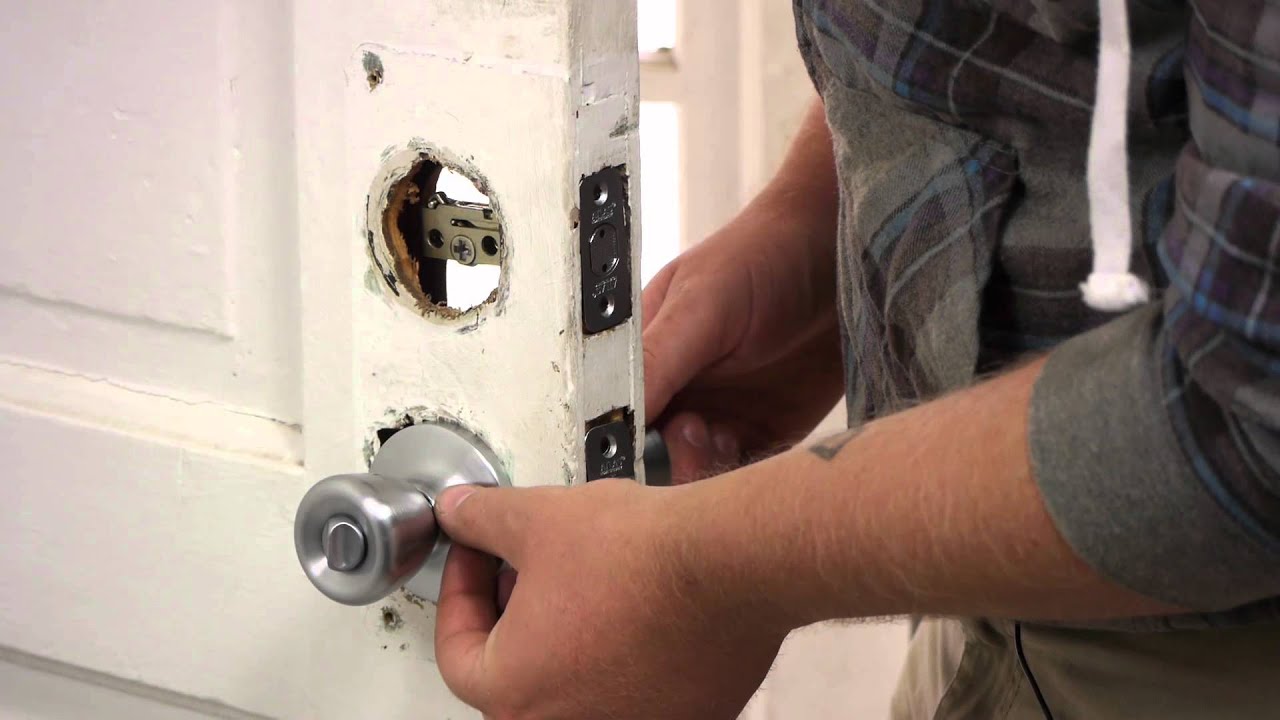
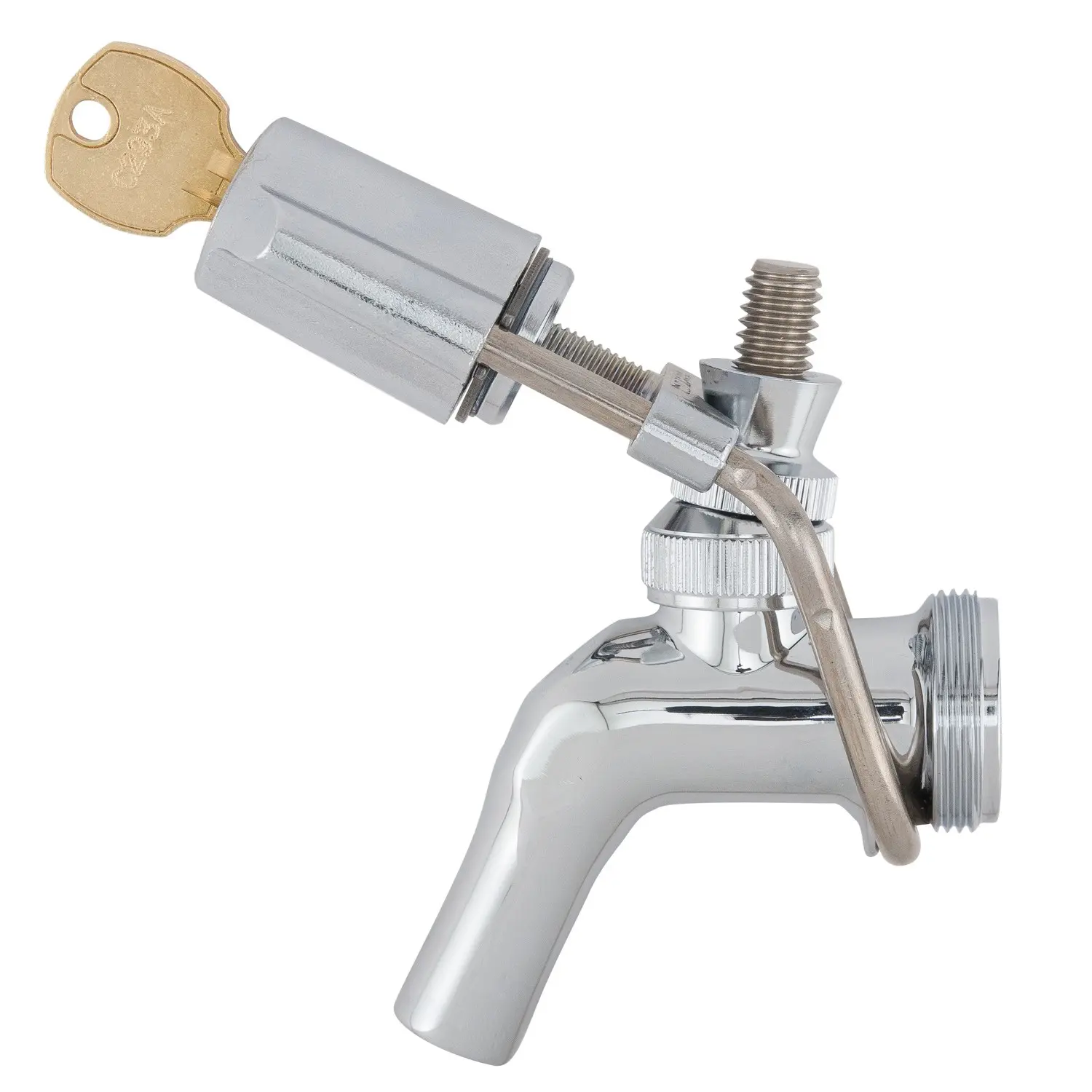
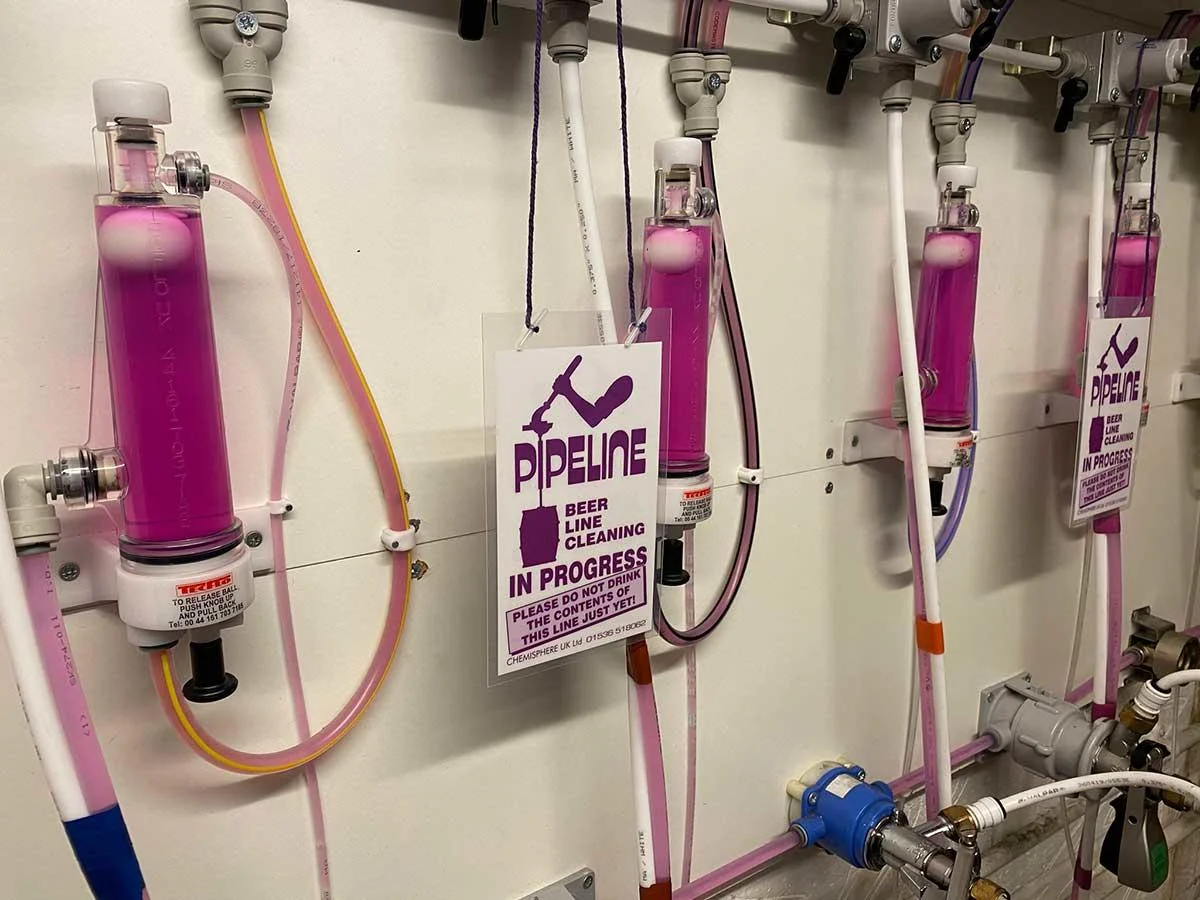
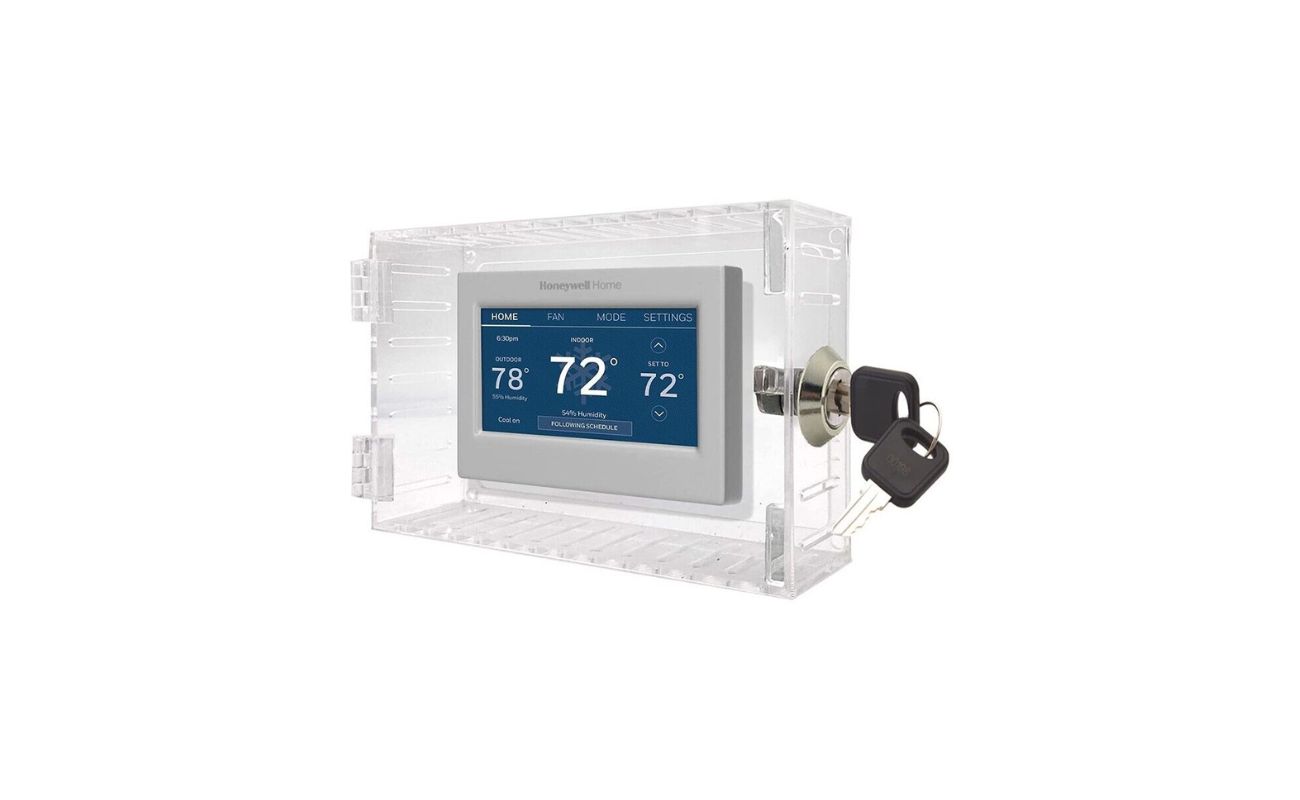
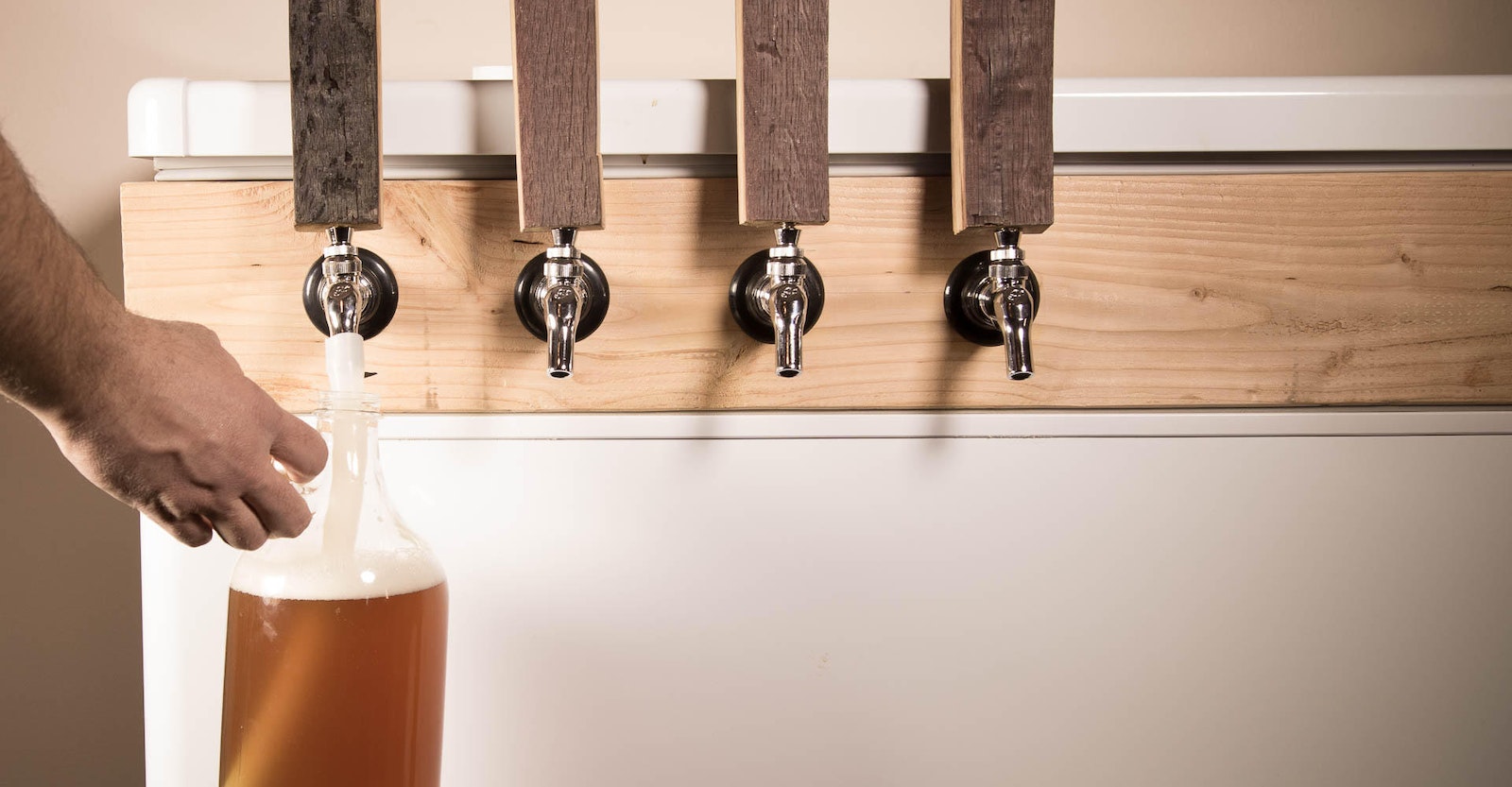
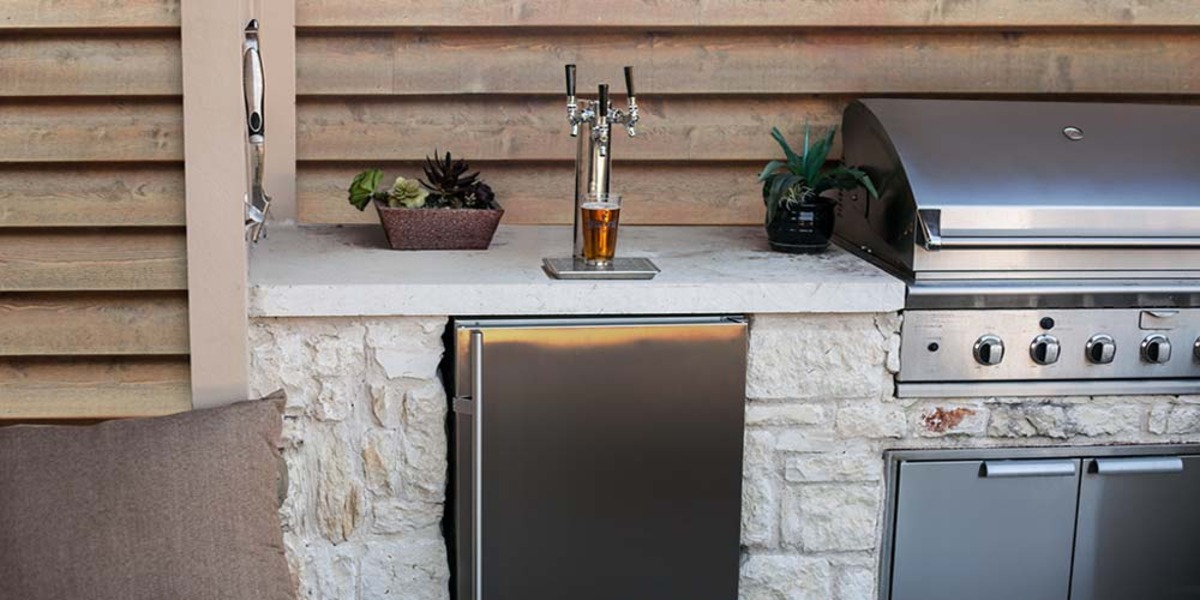
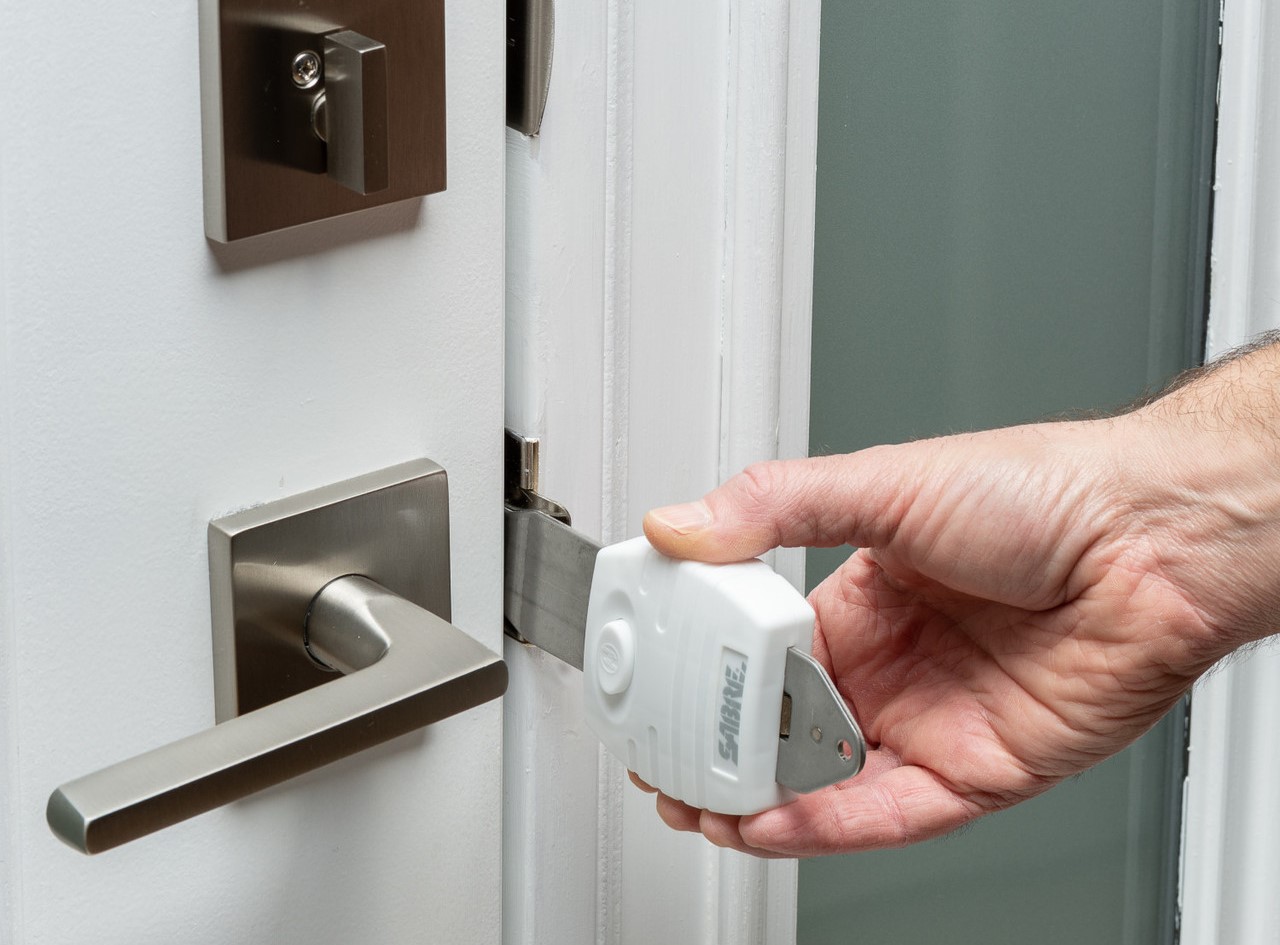

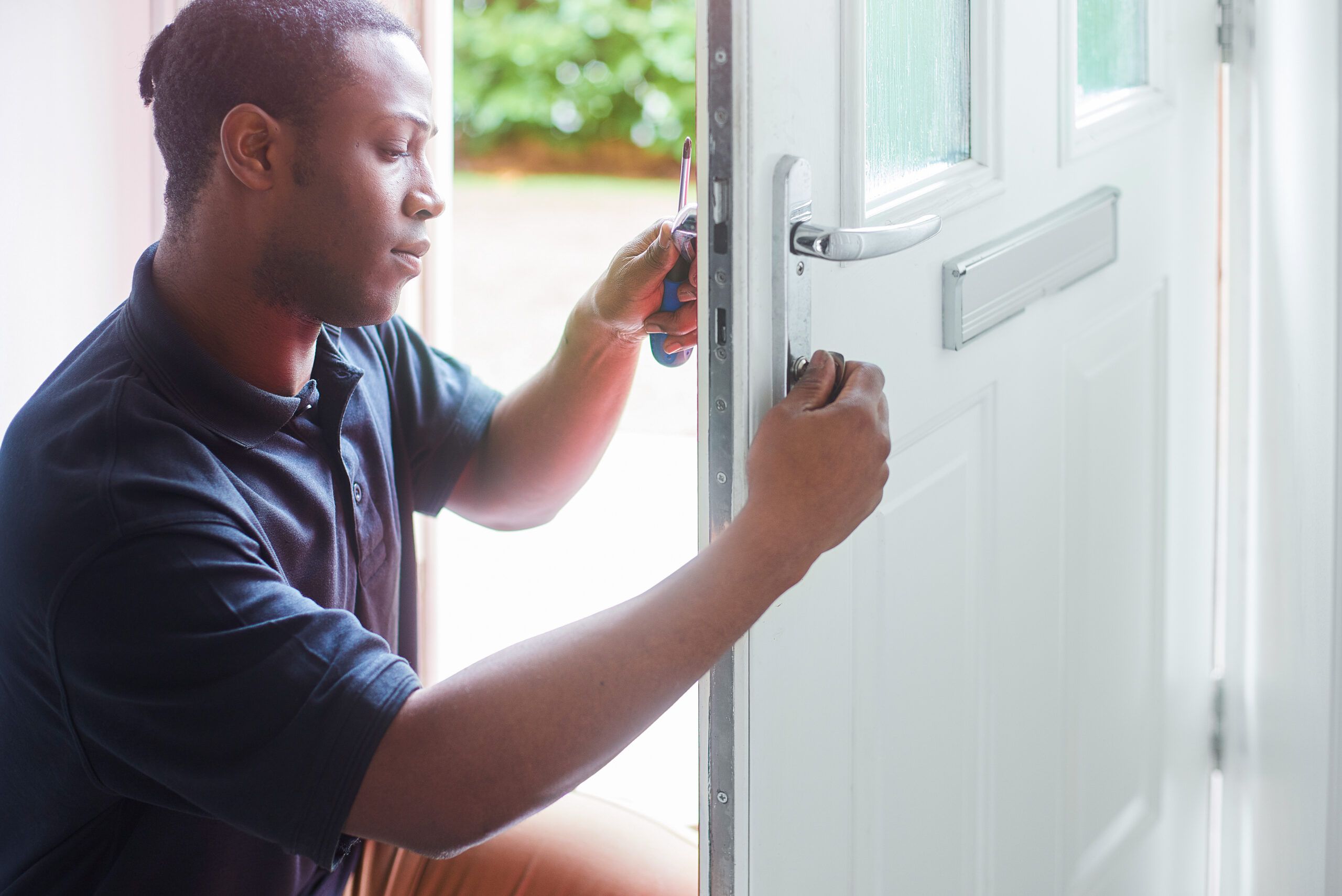
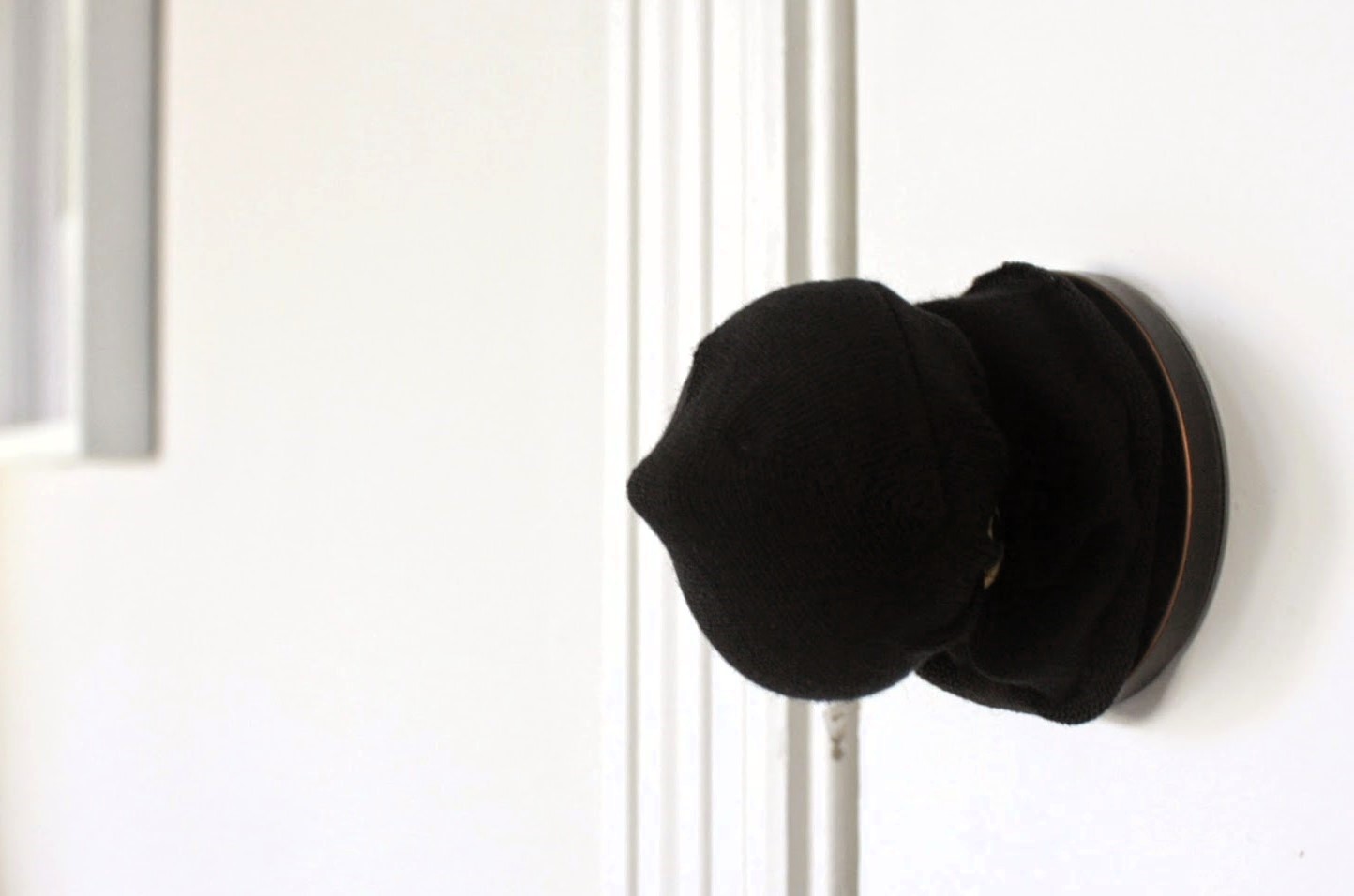
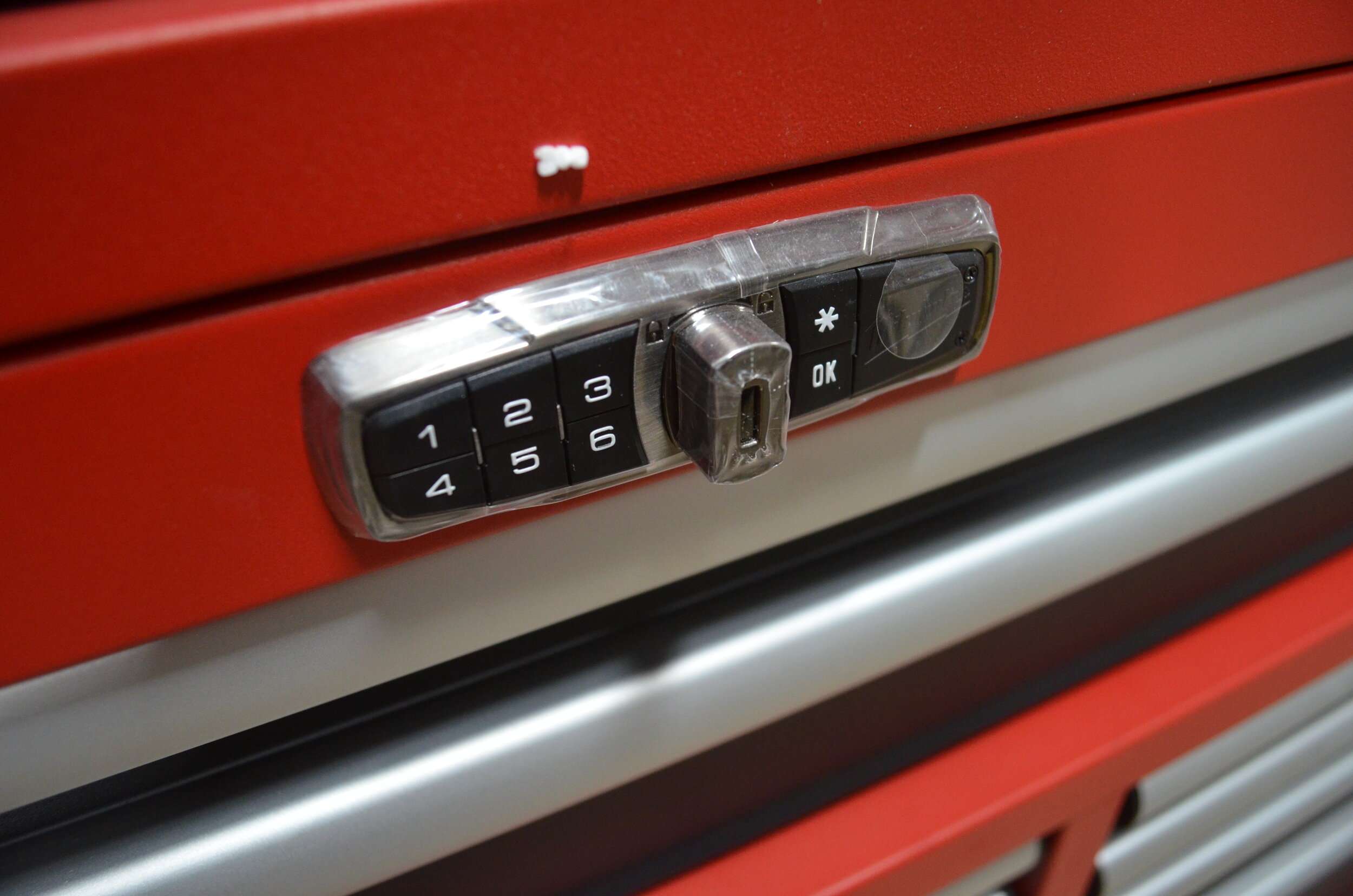
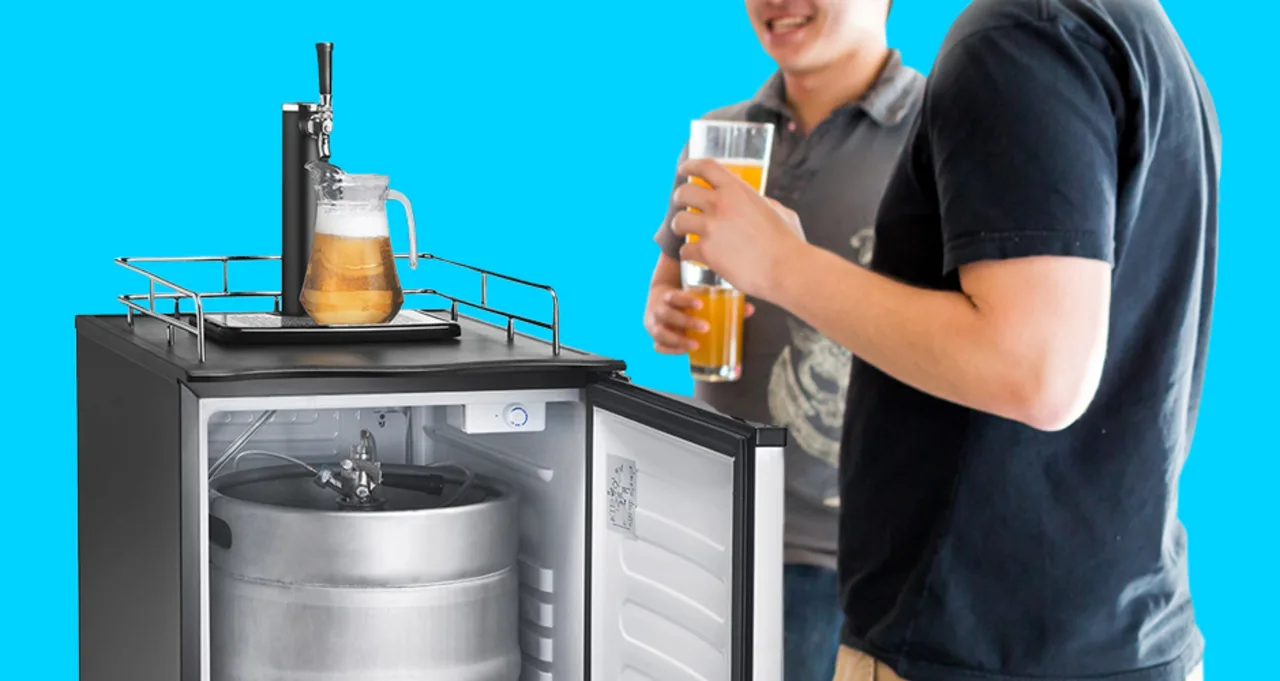

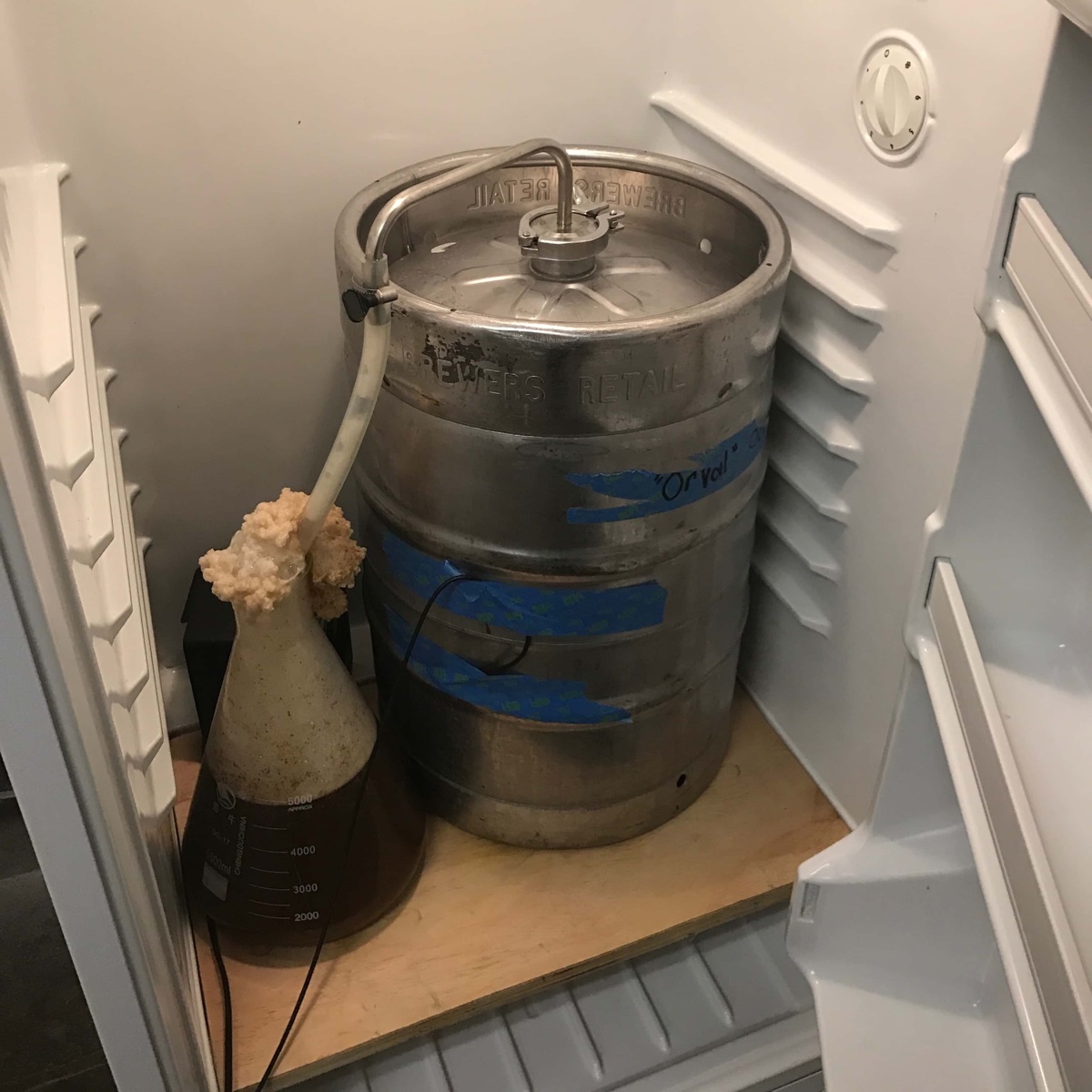

0 thoughts on “How To Put A Lock On Your Kegerator”